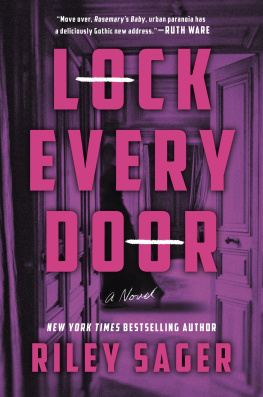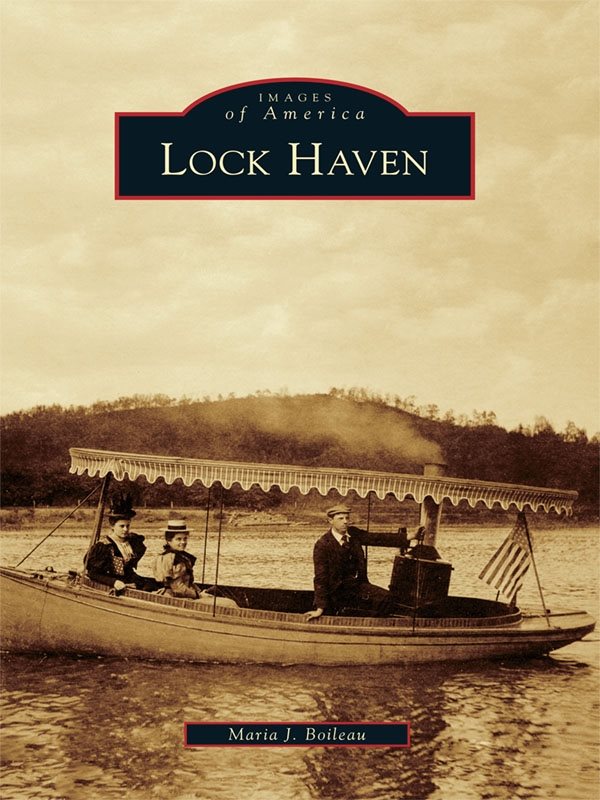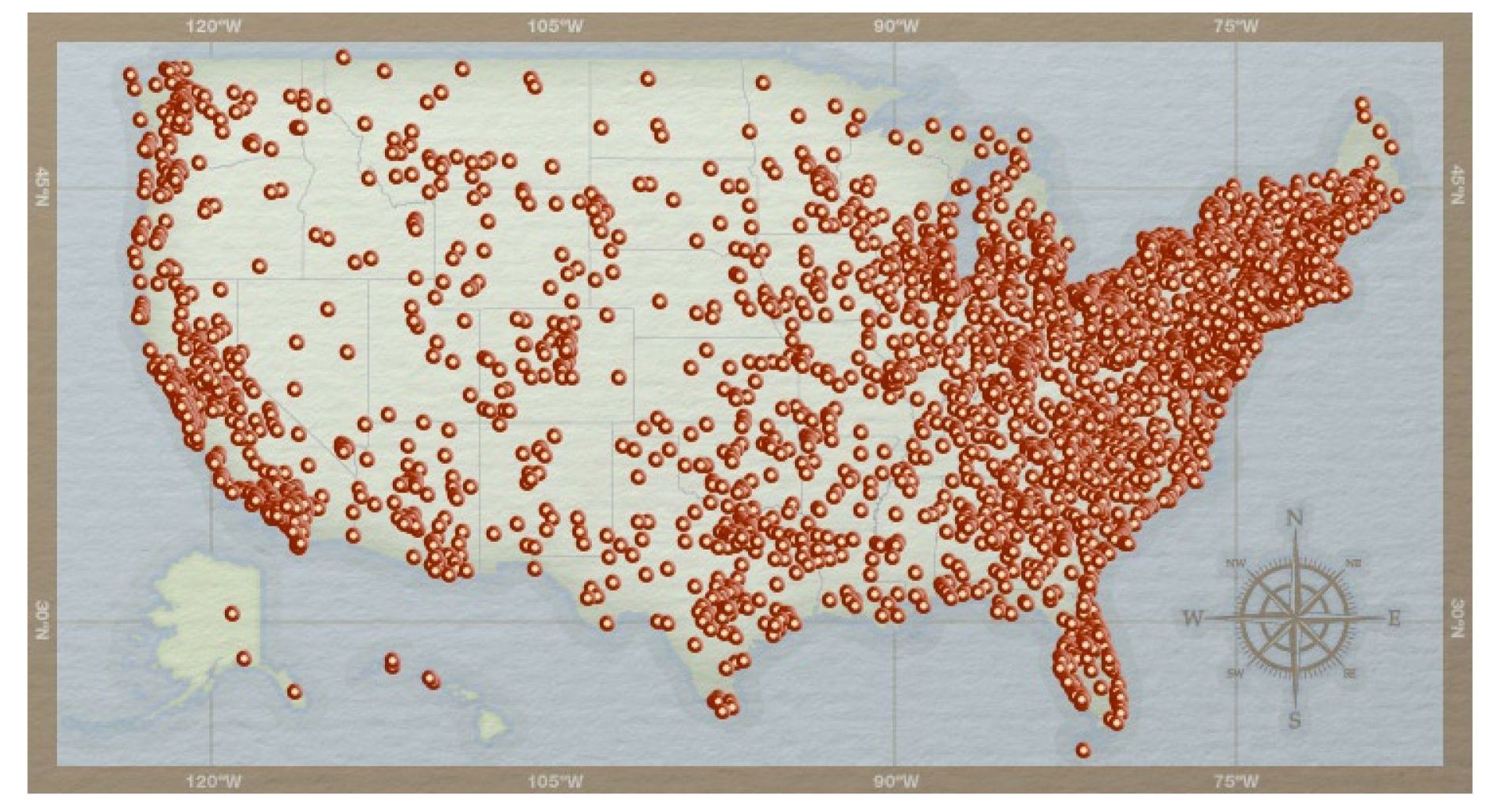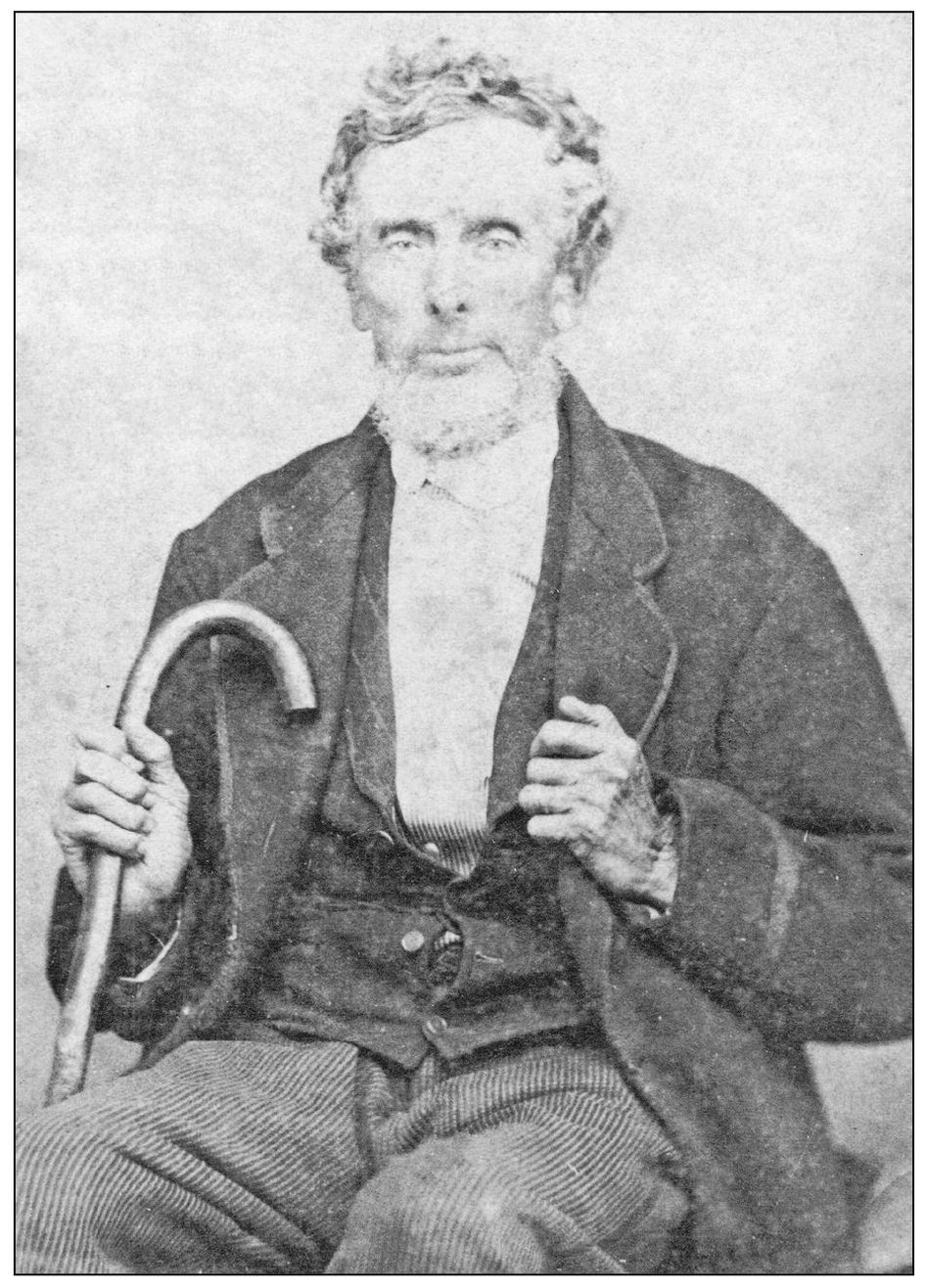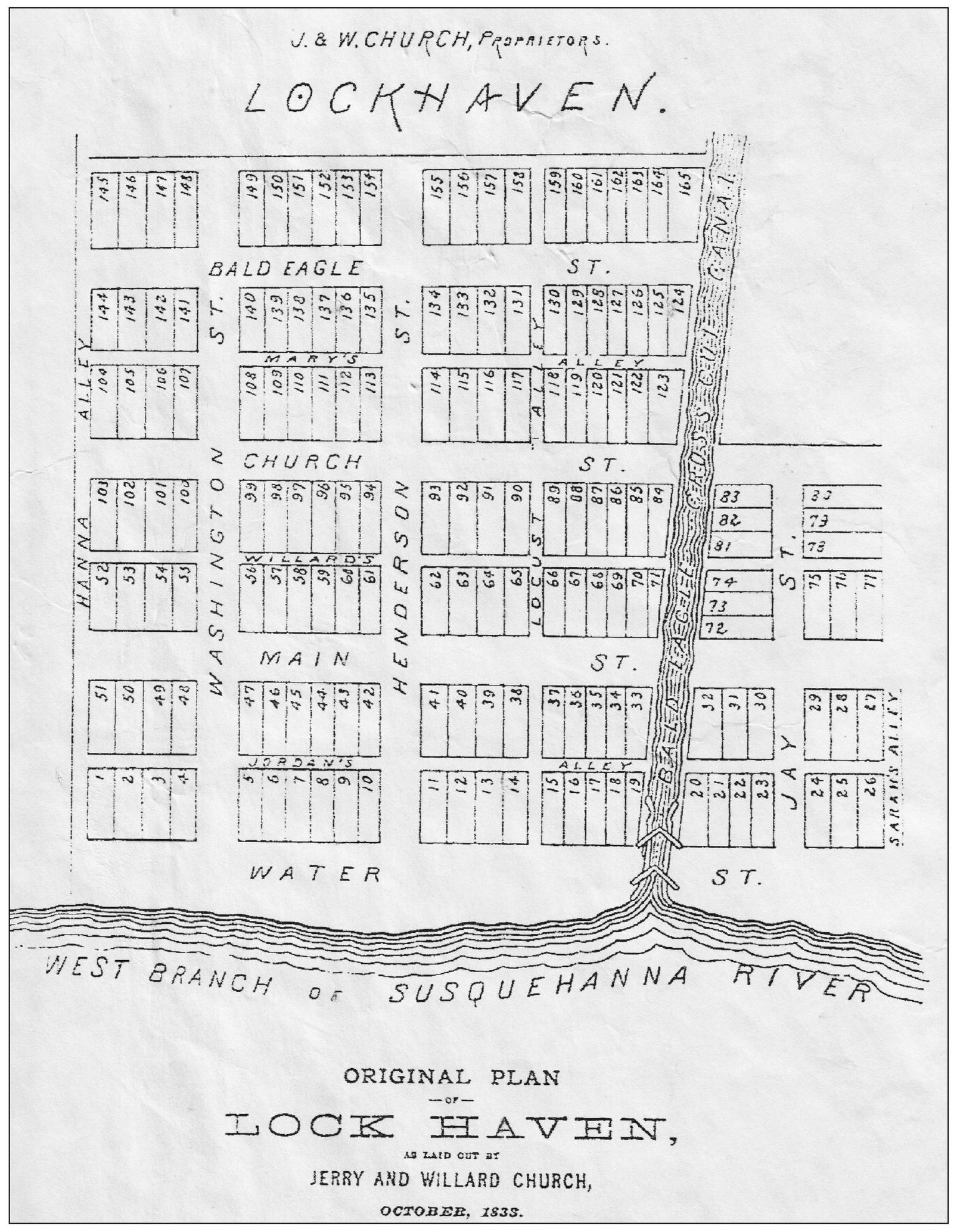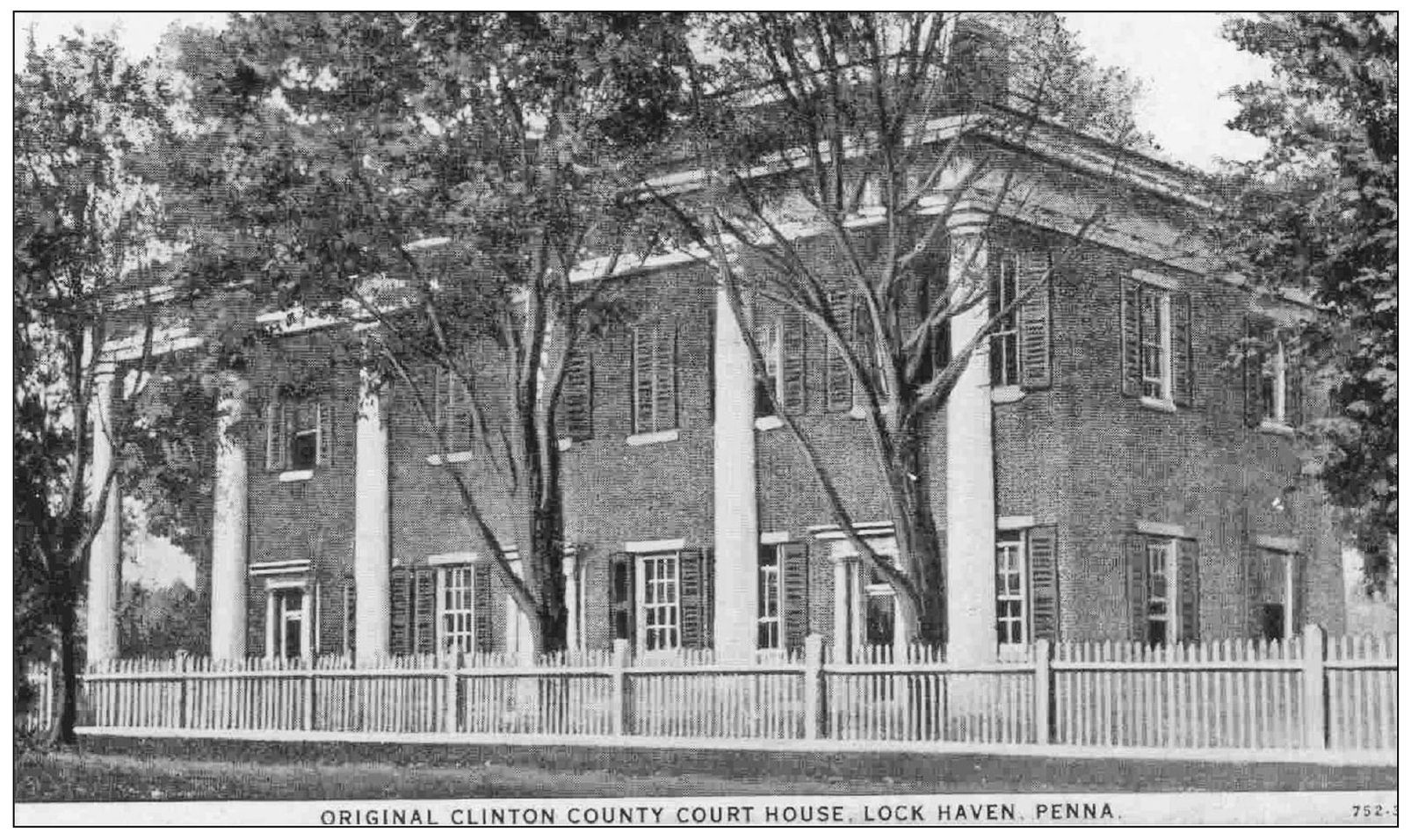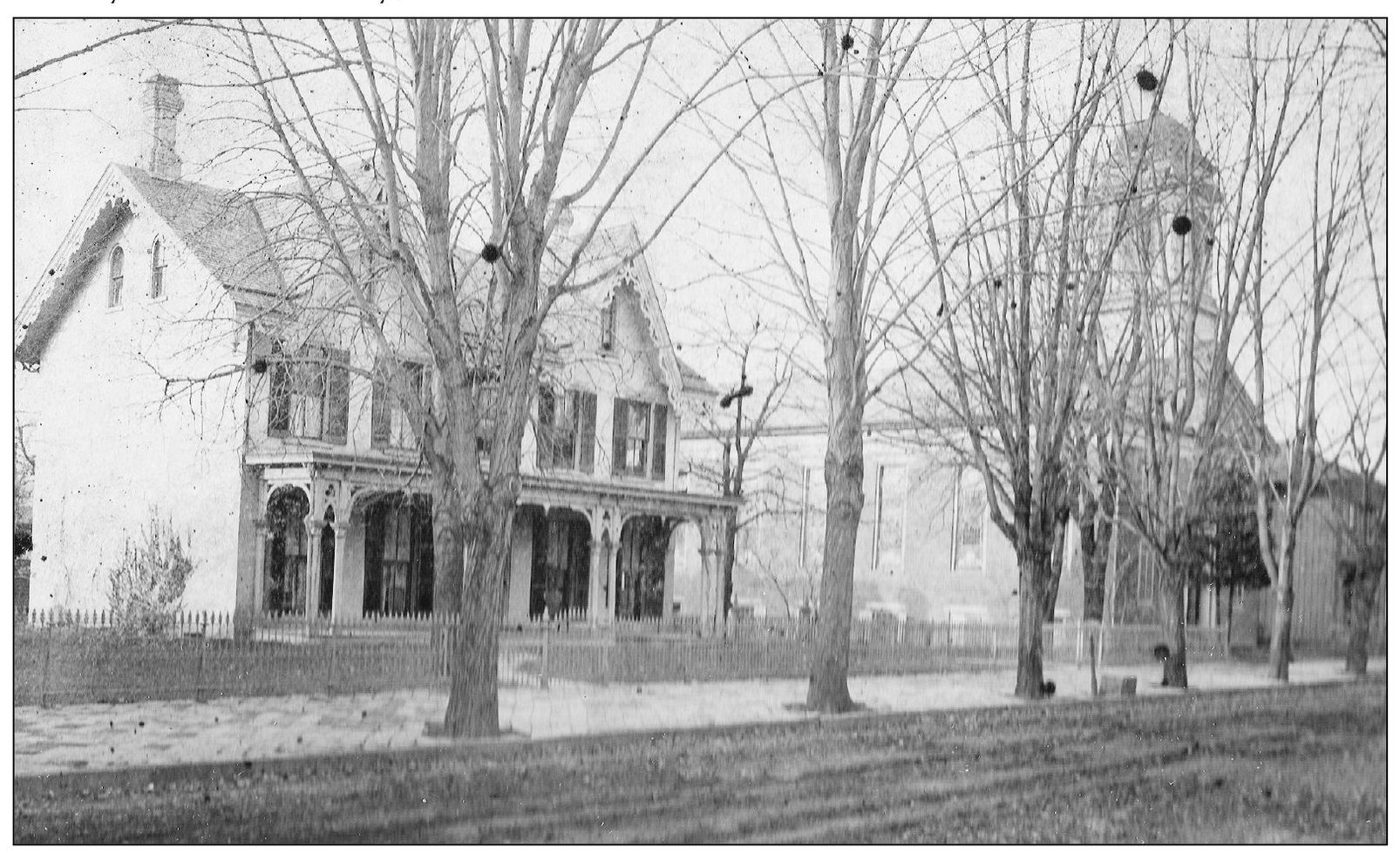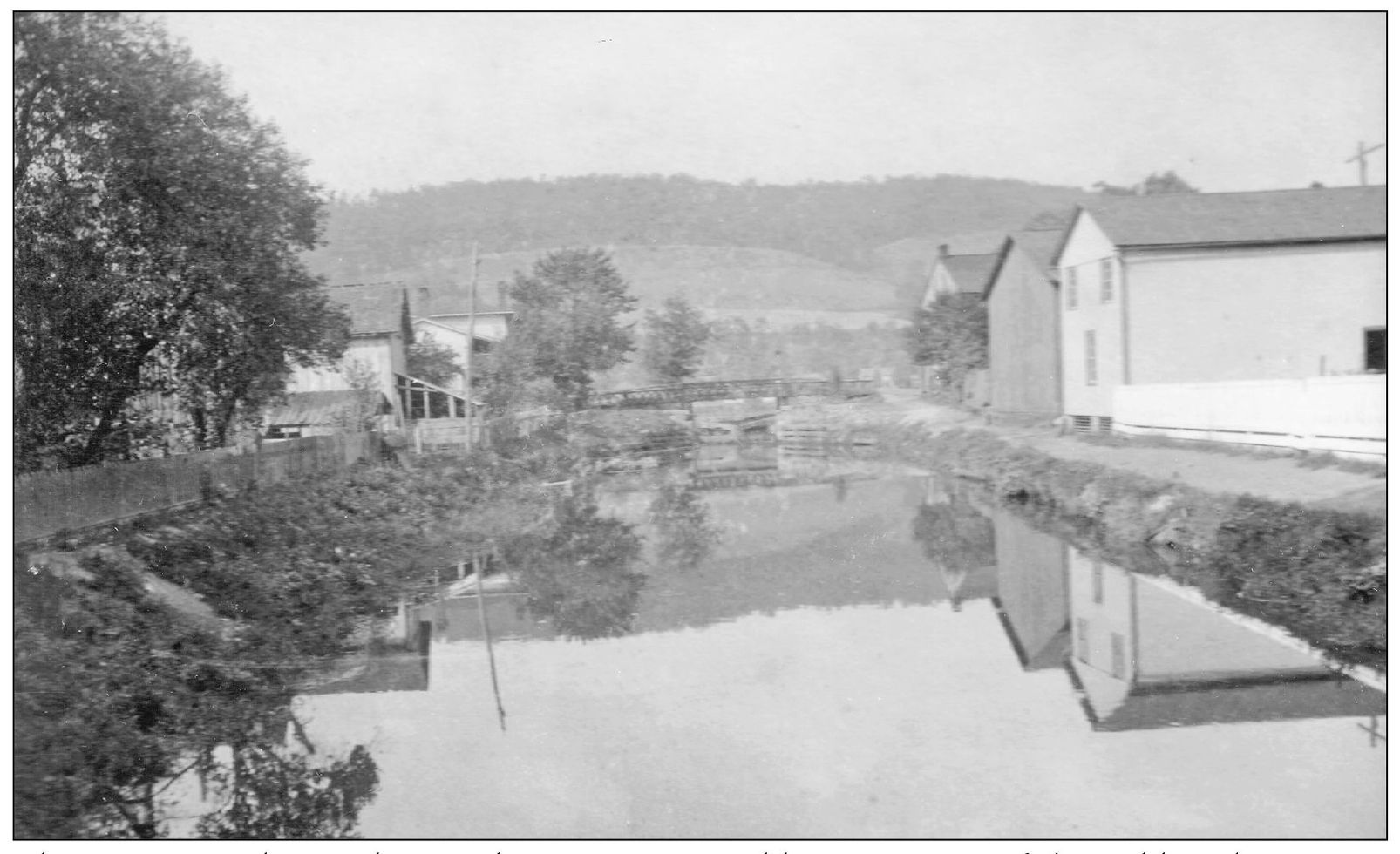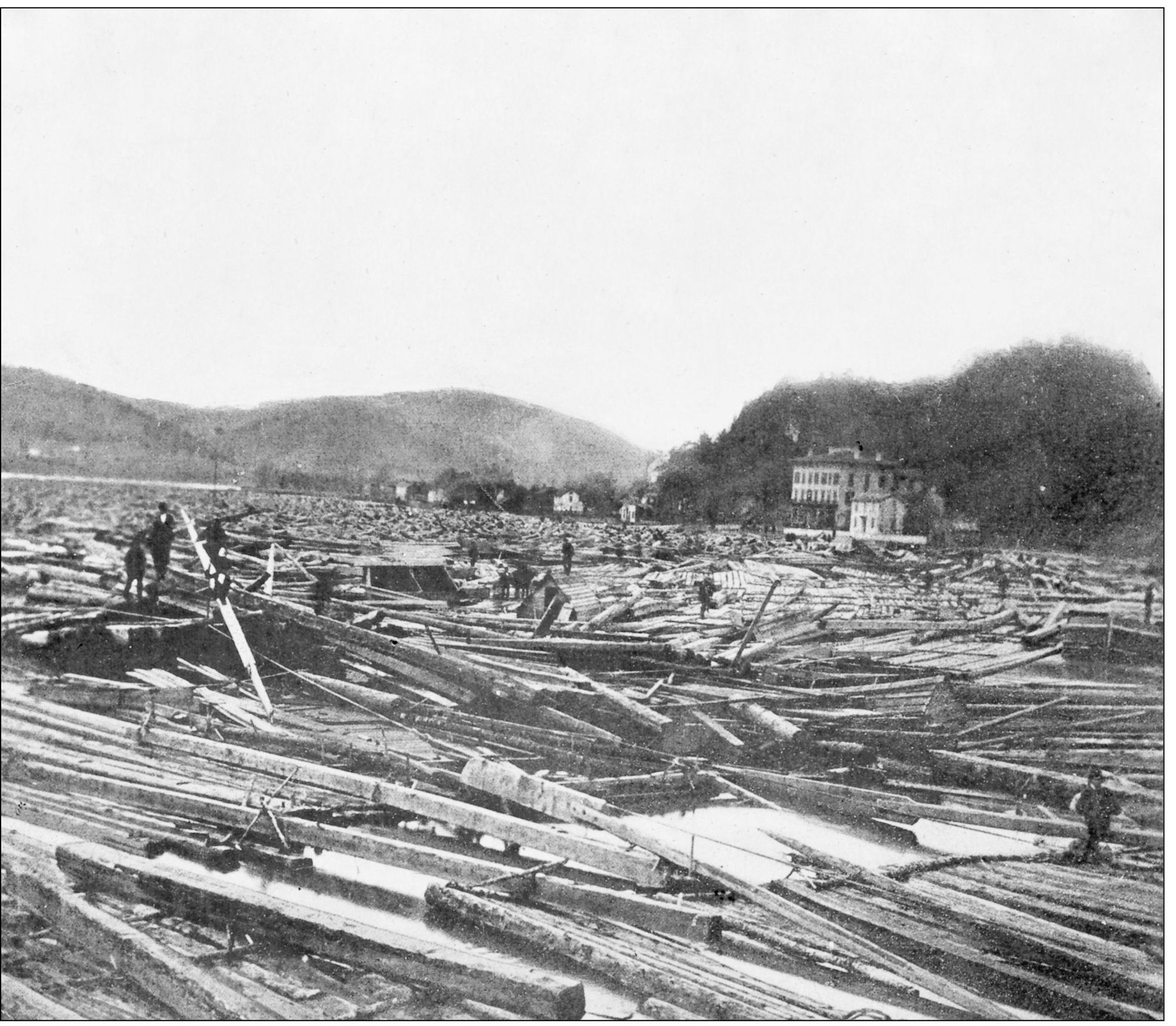ACKNOWLEDGMENTS
There are hundreds of volunteers and paid employees who have been involved with the Clinton County Historical Society and the Annie Halenbake Ross Library over the years, so it is difficult to name just a few. The Clinton County Historical Society is dedicated to preserving the history of our community. Lou Bernard, curator, and Anne McCloskey, executive director, offered all of their research at the Heisey Museum for this book. Both Anne and Lou are dedicated to the care and keeping of the museum and were willing to share their valuable time and expertise. It is obvious that they both love this community and their work.
I also wish to thank the volunteers and paid staff at the Annie Halenbake Ross Library, especially Diane Whitaker, director, and J. A. Babay, assistant director, who shared their offices, computers, files, and valuable time to help with this book. They are truly dedicated to the growth and sustainability of our community library.
In addition, photographs were provided by the Hope Hose Fire Company, the City of Lock Haven, Citizens Hose Fire Company, and the Bland J. Rossman Post 1630 VFW in Lock Haven. There is a treasure trove of photographs available at these organizations and many thanks go to their employees and members for sharing their history for this book.
A special thanks to Erin Vosgien for her patience and assistance during this project. And thank you to my husband, John, and my children, Danny and Julie, for your love and support.
Find more books like this at
www.imagesofamerica.com
Search for your hometown history, your old
stomping grounds, and even your favorite sports team.
One
JERRY CHURCHS LOCKHAVEN
Lock Havens founder, Jeremiah Church, was described as a traveler, spectator, and adventurer. To his family, he was kindly, a great storyteller and friend to all. Although he only remained in Lock Haven until 1845, his contributions can be seen in early photographs. Church described the progress of the town after 10 years: it is a beautiful village and a place of considerable business. (Courtesy of Annie Halenbake Ross Library.)
Pictured here, the original plan for Lock Haven as designed by Jerry and Willard Church included 165 lots. Church paid a total of $20,000 to Dr. John Henderson of Huntingdon: $5,000 when he took possession, with the balance to be paid in two years. A $50 bill was paid to bind their agreement. Church, ready to start the new town, plotted out the map in October 1833. The lots were made available at a public auction in November with the title and possession to be given the following April. The lots sold quickly enough that Church was able to pay off all debt a year early. (Courtesy of the Clinton County Historical Society.)
John Morehead and G. Hower Jr. and Company were the contractors for the countys first courthouse, which was completed in 1843 for $12,703.60. The addition of a fence and necessary, along with some extras, brought the cost to $13,558.85. This building was the Clinton County Courthouse for 26 years. It was built on the land where Robb Elementary School now stands. (Courtesy of Annie Halenbake Ross Library.)
The first meeting of the Clinton County Commissioners in the new Clinton County Courthouse was held on February 8, 1869. Located at the corner of Jay and Water Streets, the final cost of this building was $102,464. Samuel Sloan and Addison Hutton of Philadelphia were the architects. (Courtesy of Annie Halenbake Ross Library.)
The old wooden covered bridge that crossed the river at Jay Street was built in 1852 and cost $25,000. The two-story brick Toll House was located on the Lock Haven side of the river and stood immediately at the end of the bridge. The bridge was destroyed in a fire in 1919 and was replaced by a steel structure resting on three piers and two abutments. (Courtesy of the Clinton County Historical Society.)
Dr. John Henderson of Huntingdon County built this farmhouse in 1833 for his 200-acre farm. In 1834, Jerry Church purchased the farm and laid out the town of Lock Haven. John and Walter Devling obtained the property in 1834 and operated a popular tavern there. This house has served as a farmhouse, tavern, and doctors office and is now home to the Heisey Museum. (Courtesy of the Clinton County Historical Society.)
The West Branch Canal opened in 1834. Pictured here is a view of the Bald Eagle crosscut canal from East Main Street. The Bald Eagle crosscut canal ran from the West Branch through Lock Haven and Flemington to Bald Eagle Creek. Canal boats carried passengers, mail, and cargo. The canal was used very little after the 1889 flood. (Courtesy of the Clinton County Historical Society.)
Oak, white pine, hemlock, maple, and cherry trees populated the county in its early years. The West Branch of the Susquehanna River became a highway for transporting this vast wealth as it was harvested. As the lumber industry grew, log rafts filled the river. These rafts, constructed of logs placed side by side and fastened with lash poles, were used to transport logs and lumber. (Courtesy of the Annie Halenbake Ross Library.)
At the height of the lumber season, hundreds of rafts floated down the river at once. Jams were a challenge for log drivers and breaking log jams called for great strength. The greatest log jam occurred in 1874 when a raft too big to pass through became wedged and caused all river traffic to stop. More than 200 rafts and thousands of logs were jammed. A crew led by Joe Colberth worked to break the jam. When the logjam broke, thousands of feet of lumber were released and were caught downriver at the Williamsport boom. (Courtesy of the Annie Halenbake Ross Library.)






